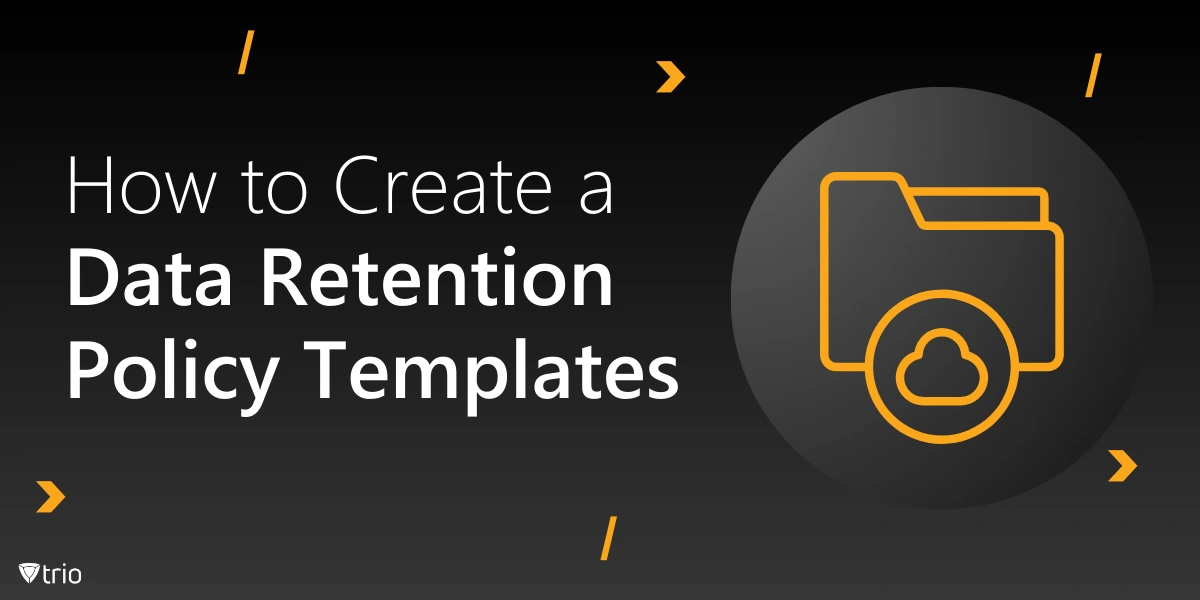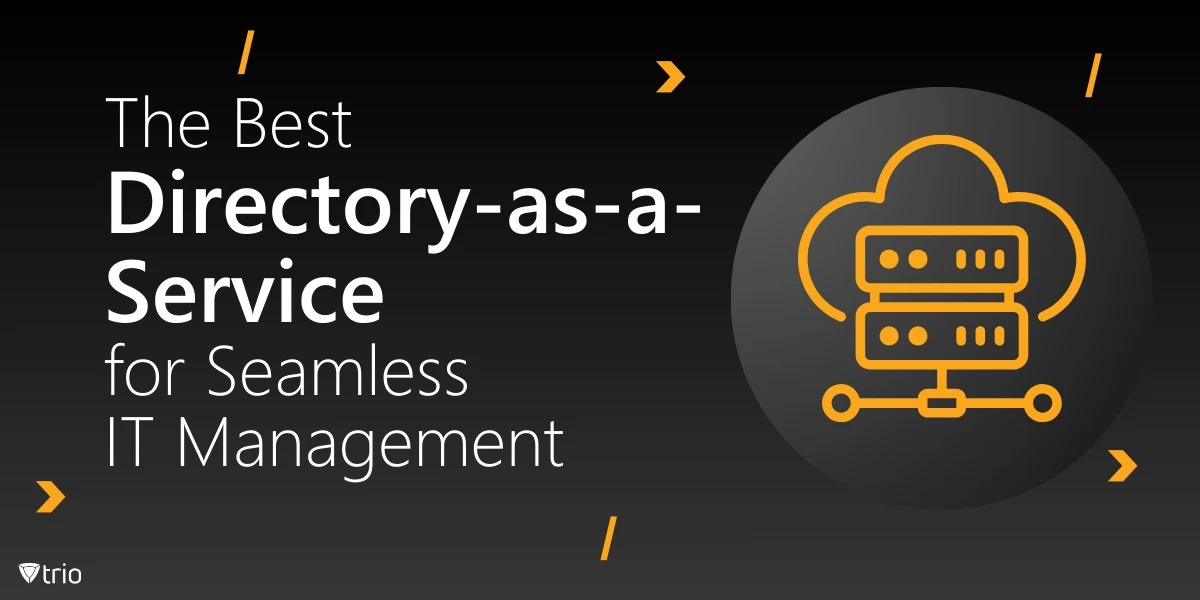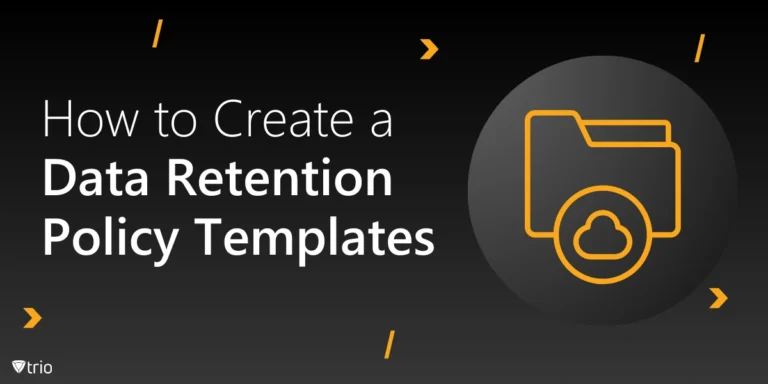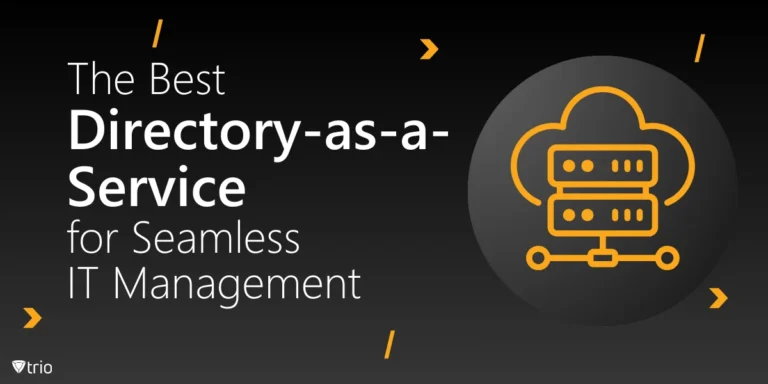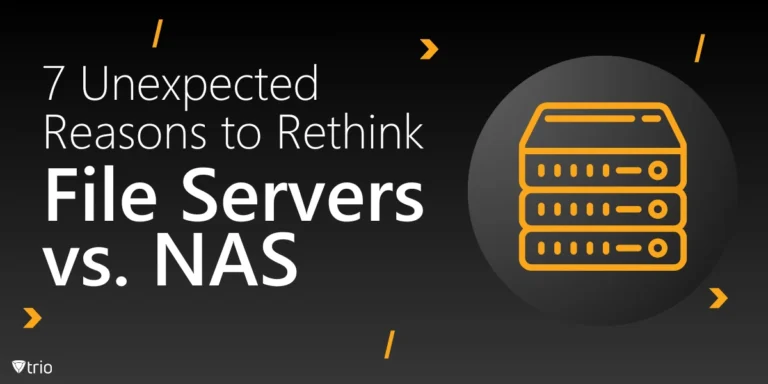It seems like every day brings a new headline about a data breach or vulnerability. In this escalating landscape of cybersecurity threats, it’s more important than ever for us to stay ahead of the curve and protect our organizations from potential risks.
That’s why the executive order on improving the nation’s cybersecurity, known as Executive Order 14028, is such a big deal. This cybersecurity executive order lays out a roadmap for enhancing security measures across the board, and it puts a strong emphasis on adopting zero trust principles as outlined in Executive Order 14028. It’s a significant move towards strengthening the national cybersecurity infrastructure.
In this post, we’ll explore practical guidance on how to implement the zero trust architecture in Executive Order 14028 and how profile management fits into the picture. We’ll unpack how we can navigate these new directives to bolster our defenses.
Overview of Executive Order 14028
So, what led to the issuance of Executive Order 14028? In recent years, we’ve seen a series of high-profile cyber-attacks that exposed vulnerabilities in both public and private sectors. These incidents highlighted the urgent need for stronger cybersecurity measures. The government recognized that traditional approaches weren’t enough to combat sophisticated threats.
The purpose of an executive order like this is to swiftly address critical issues by setting clear objectives and directives. Executive Order 14028 focuses on enhancing the nation’s cybersecurity by improving information sharing between agencies, advancing security standards, and promoting the adoption of modern security frameworks like zero trust architecture.
This order has significant implications not only for federal agencies but also for the private sector. Organizations that work with the government or handle sensitive data are expected to align with these new standards. It’s a collective push towards a more secure digital environment, and it’s reshaping how we approach cybersecurity at every level.
Zero Trust Architecture
At its core, zero trust is a security model based on the principle of “never trust, always verify.” Instead of assuming that everything inside your network is safe, zero trust requires continuous verification of every user and device trying to access resources.
This approach is a significant shift from traditional perimeter-based security models, which focus on defending the network’s boundaries while trusting internal traffic. The aforementioned zero trust executive order highlights the need for this modern approach, recognizing that threats can come from both outside and inside the network.
Adopting zero trust in modern IT environments offers numerous benefits. It enhances security by reducing the attack surface, supports secure remote access (which is especially important in today’s work-from-home landscape), and improves visibility and control over network activities.
Impact on IT Administrators
With the new directives from the executive order, our roles as IT administrators are taking on even greater importance. We’re now faced with new responsibilities and expectations set by Executive Order 14028, which calls for strong security measures and the implementation of zero trust principles.
Compliance requirements and deadlines are becoming more stringent, and staying on top of these IT compliance mandates is crucial. Beyond avoiding penalties, following this executive order for zero trust ensures the security and integrity of our systems and data. Meeting these standards requires careful planning and execution.
Aligning existing infrastructure with zero trust principles is a significant task. It means reassessing our current systems, identifying gaps, and making necessary adjustments. While this can be challenging, it’s an essential step toward building a more secure and resilient IT environment that can withstand modern cyber threats.
Steps to Implement Zero Trust Architecture
To get started with zero Trust, it is important to understand the practical steps required for success.
Assess Current Security Posture
The first step in implementing zero trust is to thoroughly assess your current security posture. Conducting a comprehensive cybersecurity audit helps identify existing vulnerabilities, strengths, and areas for improvement. This audit should cover all aspects of your network, including hardware, software, and user behaviors.
By identifying assets, data flows, and vulnerabilities, you gain a clear understanding of where your organization stands. This information is needed for developing a targeted strategy that addresses specific risks and aligns with zero trust principles.

Define the Protect Surface
Next, it’s important to define the protect surface. This involves focusing on critical Data, Assets, Applications, and Services (DAAS) that are essential to your organization’s operations. Unlike the expansive attack surface, the protect surface is much smaller and more manageable.
Prioritizing what needs the most protection allows you to allocate resources efficiently. By concentrating on the most vital components, you can implement stronger security measures where they matter most.
Map Transaction Flows
Knowing how data moves within your network is required for implementing zero trust. Mapping transaction flows involves analyzing how users interact with applications and services, and how data travels across the network.
Identifying interactions between users, applications, and services helps you spot potential vulnerabilities and areas where security controls may be lacking. This detailed insight enables you to apply security measures more precisely, ensuring that every transaction is verified and secure.
Architect a Zero Trust Network
With a clear understanding of your protect surface and transaction flows, you can begin to architect a zero trust network. This involves designing network segments and establishing micro-perimeters to isolate and protect different parts of your network.
Implementing least privilege access controls is a critical component of this step. The least privilege access model ensures that users have only the access necessary to perform their jobs, reducing the risk of internal threats or accidental breaches. This approach minimizes potential damage if a user’s credentials are compromised.
Implement and Monitor
The final step is to implement your zero trust architecture and establish continuous monitoring processes. Deploying security solutions and policies that align with zero trust principles is essential. This includes configuring systems to enforce strict access controls and verification processes.
Continuous monitoring and adjustments based on feedback are necessary for maintaining security over time. Cyber threats are constantly evolving, so your security measures need to adapt accordingly. Regularly reviewing system logs, security alerts, and user activities helps you detect and respond to incidents promptly.
Best Practices for Successful Implementation
To make your zero trust implementation successful, consider investing in employee training and awareness programs. Educating your team about security best practices reduces the risk of human error, which is often a significant factor in security breaches.
Leveraging automation and AI for threat detection can enhance your security capabilities. Automated systems can analyze vast amounts of data quickly, identifying patterns and anomalies that might indicate a threat. This approach helps you stay ahead of potential attacks.
Regularly updating and patching systems is a fundamental practice that can’t be overlooked. Keeping software and hardware up to date closes security gaps that attackers might exploit. Establish a routine schedule for updates to ensure nothing slips through the cracks.
Collaborating with stakeholders and vendors is also crucial. Building strong relationships with those who provide your technological solutions ensures that you have support when you need it. Open communication helps align your security strategies and address any vulnerabilities promptly.
Challenges and How to Overcome Them
Implementing zero trust can present several challenges, such as budget constraints and dealing with legacy systems that aren’t compatible with modern security solutions. These obstacles can make it difficult to adopt new technologies or redesign existing infrastructures.
Companies have to implement strategies for effective change management to navigate these challenges. This includes setting clear goals, communicating the benefits of zero trust to your team, and providing training to ease the transition. Phased implementation can also help manage costs and reduce disruptions.
Gaining executive support for cybersecurity initiatives is another element you should pay attention to. Presenting a solid case that highlights the risks of not adopting zero trust—and the potential benefits—can help secure the necessary backing and resources. Executive buy-in ensures that cybersecurity becomes a priority at all levels of the organization.
Essential Tools and Technologies
Several tools and technologies are instrumental in implementing zero trust architecture. Identity and Access Management (IAM) solutions are at the forefront. These solutions help you manage user identities and control access to resources based on strict authentication protocols.
Implementing Multi-Factor Authentication (MFA) adds an extra layer of security by requiring users to provide multiple forms of verification. This significantly reduces the risk of unauthorized access, even if passwords are compromised.
Encryption and tokenization technologies protect sensitive data by rendering it unreadable without the appropriate decryption keys. Whether data is at rest or in transit, these technologies ensure that intercepted information remains secure.
Security Information and Event Management (SIEM) systems are essential for monitoring and analyzing security events in real-time. They collect data from various sources, providing insights that help you detect and respond to threats quickly and effectively.

Trio: Your Partner in Zero Trust Implementation
Mobile Device Management (MDM) plays a pivotal role in today’s security landscape, especially with the increasing use of mobile devices in the workplace. Trio offers comprehensive MDM solutions that align seamlessly with zero trust principles.
Trio simplifies profile management, allowing you to enforce security policies across all devices with ease. It ensures that every device accessing your network meets your security standards, reducing vulnerabilities associated with mobile access. We invite you to try our free demo to see how Trio can support your zero trust implementation and enhance your organization’s security posture.
Conclusion: Building a Resilient Future
In a world where cyber threats are constantly evolving, the importance of EO 14028 and the shift towards zero trust architecture cannot be overstated. This executive order represents a step towards strengthening our national cybersecurity and sets a new standard for organizations everywhere.
As IT administrators, we play a crucial role in protecting our organizational assets. Embracing the directives outlined in Executive Order 14028 isn’t just about meeting compliance requirements; it’s about taking responsibility for the security and integrity of our systems. Our actions directly impact the resilience of our organizations against cyber threats.
Now is the time to take steps towards compliance and security enhancement. By adopting zero trust principles and implementing the strategies discussed, we can build a more secure environment for our organizations and contribute to a safer digital landscape overall.

